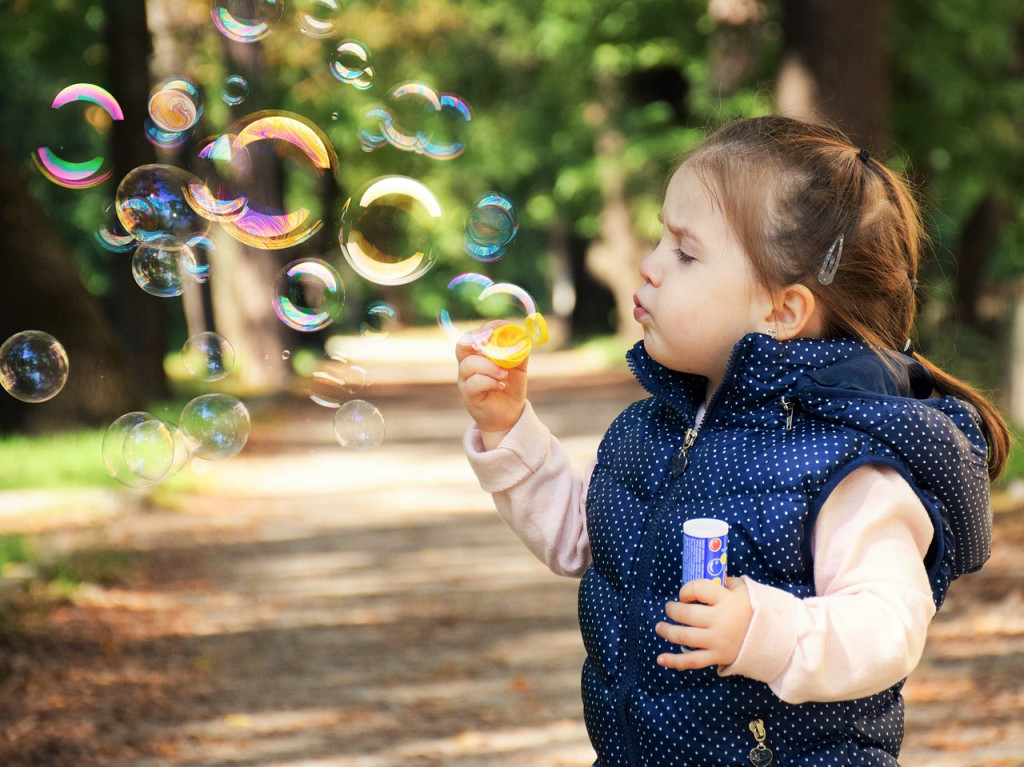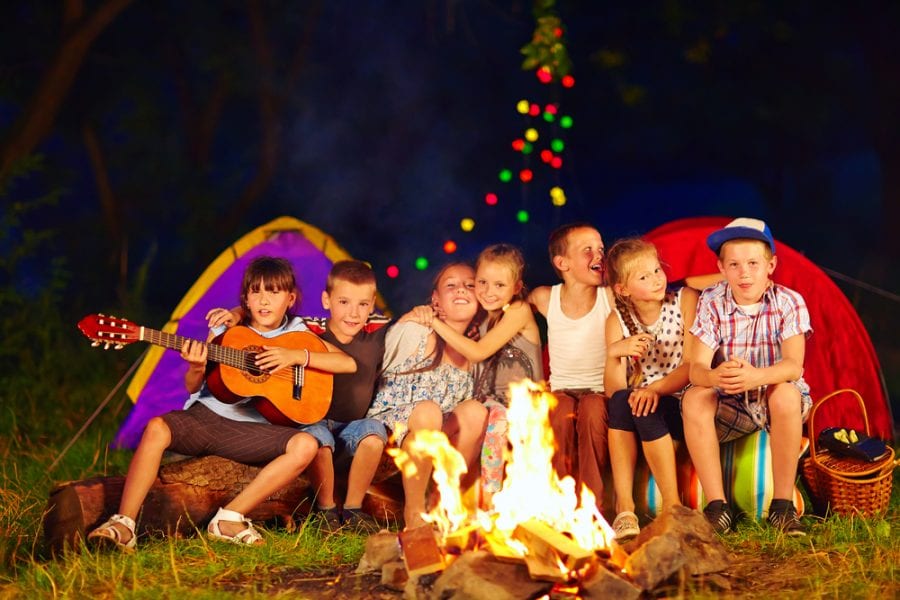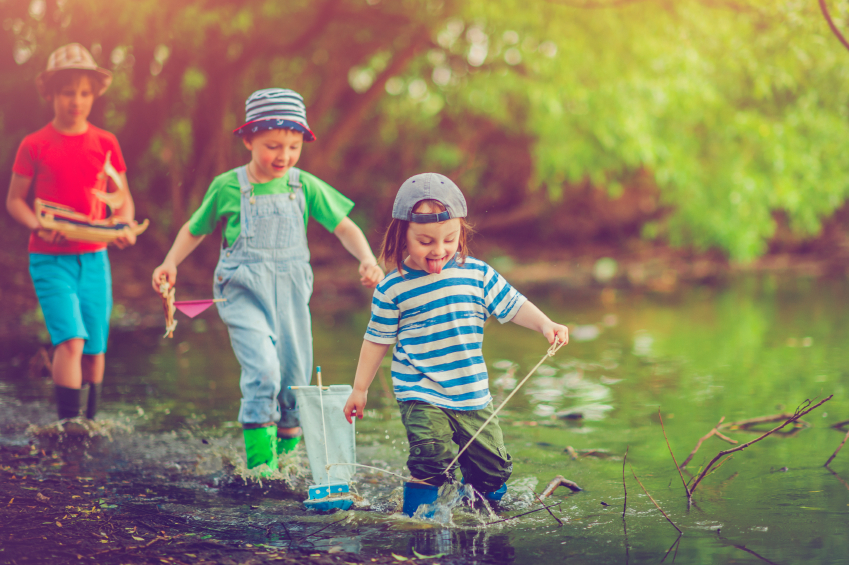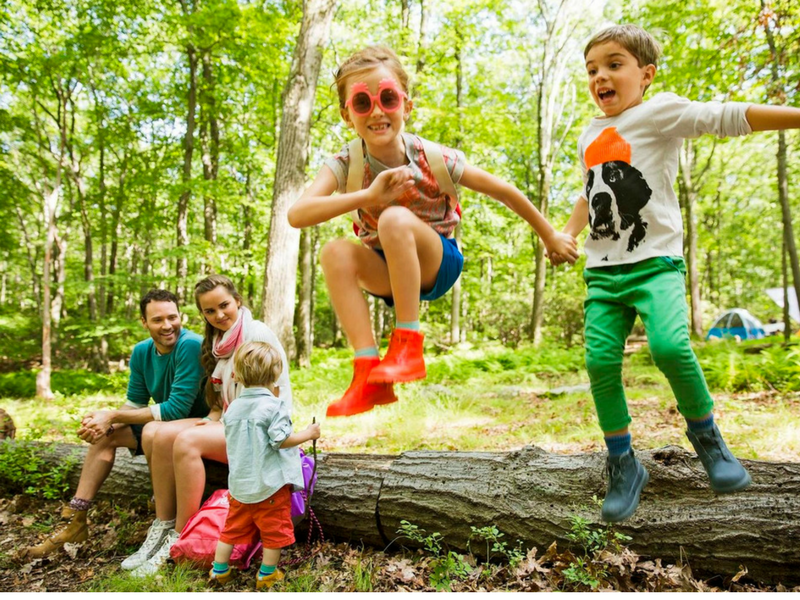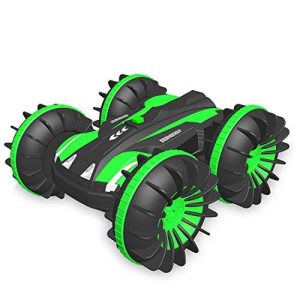Summer Camp Activities for 3-5 Year Olds

A. Benefits of summer camp for young children
Summer camp can provide numerous benefits for 3-5 year olds, including:
- Social development: Camp allows young children to interact with peers, fostering social skills such as sharing, taking turns, and collaboration.
- Physical activity: Engaging in outdoor activities and games helps promote gross motor skills and overall physical development.
- Cognitive stimulation: Camp activities like storytelling, arts and crafts, and nature exploration stimulate young children’s imagination, creativity, and cognitive abilities.
- Independence and self-confidence: Summer camp encourages young children to try new things, make decisions, and build self-confidence in a supportive environment.
- Nature connection: Camp provides opportunities for young children to connect with nature, developing an appreciation for the environment and fostering a sense of wonder.
B. Creating a safe and nurturing environment
When planning summer camp activities for 3-5 year olds, it is essential to create a safe and nurturing environment by:
- Age-appropriate activities: Choose activities that are suitable for the developmental stage of young children. Consider their attention span, physical abilities, and interests.
- Supervision and guidance: Provide adequate adult supervision to ensure the safety and well-being of the young campers. Staff should be trained in handling age-specific needs and emergencies.
- Small group sizes: Keep group sizes small to allow for individual attention and a more intimate environment.
- Clear communication: Use simple and concise language when giving instructions or explaining activities to ensure understanding and participation.
- Positive reinforcement: Encourage and praise young children’s efforts and achievements to build self-esteem and a positive camp experience.
Outdoor Activities for 3-5 Year Olds
A. Nature exploration
-
Bug hunting and identification
Take young children on a bug hunting adventure to explore the natural world around them. Provide magnifying glasses and small containers for observation. Encourage children to gently catch bugs and identify them using simple field guides or pictures. This activity promotes curiosity, observation skills, and an appreciation for nature.
-
Nature scavenger hunt
Organize a nature scavenger hunt where children search for specific items like leaves, twigs, flowers, or rocks. Provide a checklist or pictures to guide their search. This activity encourages exploration, observation, and problem-solving skills. It also helps children develop a connection with the natural environment.
B. Water play and sensory experiences
-
Splash pad fun
Take children to a splash pad or set up a water play area with sprinklers, water tables, and small pools. Allow them to splash, run through the water, and explore the different water features. This activity provides a fun way for children to cool off, develop gross motor skills, and enhance sensory experiences.
-
Water painting
Give children paintbrushes or sponges and let them paint with water on outdoor surfaces like fences, sidewalks, or rocks. As they paint, the water will create temporary designs and patterns. This activity promotes creativity, fine motor skills, and sensory exploration. It also allows children to interact with their surroundings in a unique way.
Creative and Artistic Activities for 3-5 Year Olds
A. Craft projects inspired by nature
-
Leaf printing
Take children on a nature walk to collect different types of leaves. Provide washable paint and large sheets of paper. Show children how to dip the leaves in paint and press them onto the paper to create leaf prints. This activity encourages creativity, fine motor skills, and an appreciation for the beauty of nature.
-
Nature collages
Gather a variety of natural materials like leaves, flowers, sticks, and shells. Provide glue, paper, and scissors. Let children arrange and glue the natural materials onto the paper to create unique nature collages. This activity enhances creativity, fine motor skills, and encourages children to explore textures and shapes found in nature.
B. Music and movement activities
Create an outdoor dance area with music and plenty of space for children to move. Play a variety of upbeat songs and encourage children to dance freely. Provide scarves or ribbons for children to wave and twirl as they dance. This activity promotes gross motor skills, rhythm, and self-expression.
-
Musical instrument exploration
Introduce different musical instruments to children and allow them to explore the sounds they make. Provide instruments like drums, shakers, xylophones, or tambourines. Encourage children to experiment with different rhythms and create their own music. This activity fosters auditory awareness, coordination, and creativity.
Educational and Imaginative Activities for 3-5 Year Olds
A. Storytelling and puppet shows
-
Interactive storytime sessions
Engage young children in interactive storytime sessions where they can actively participate in the storytelling process. Use props, puppets, or costumes to bring the stories to life. Encourage children to ask questions, make predictions, and contribute to the narrative. This activity promotes language development, listening skills, and sparks imagination.

-
Puppet making and performances
Allow children to create their own puppets using paper bags, socks, or craft materials. Provide a stage or a designated area for puppet performances. Encourage children to develop stories and perform puppet shows for their peers or caregivers. This activity nurtures creativity, storytelling skills, and social interaction.
B. Science experiments and hands-on learning
-
Sensory science experiments
Introduce simple science experiments that engage children’s senses. For example, set up a sensory bin filled with water, sand, or rice and provide various tools and objects for children to explore. Encourage them to make observations, ask questions, and discuss their findings. This activity stimulates curiosity, critical thinking, and sensory development.
-
Nature-inspired science exploration
Take children on nature walks to observe and explore the natural world. Collect leaves, rocks, or insects for closer examination. Provide magnifying glasses or simple science tools for observation. Engage children in discussions about the properties of different objects and the functions of plants and animals. This activity enhances scientific observation skills and promotes a connection with nature.
Summer camp activities for 3-5 year olds play a crucial role in nurturing their curiosity and creativity. By providing a range of engaging and age-appropriate activities, children have the opportunity to explore, learn, and develop essential skills in a fun and supportive environment.
The benefits of summer camp for young children are numerous. Social development is fostered through activities that encourage interaction, sharing, and collaboration. Physical activities promote gross motor skills and overall physical development. Cognitive stimulation is achieved through creative activities that stimulate imagination and problem-solving skills. Independence and self-confidence are nurtured as children are encouraged to try new things and make decisions. Finally, a connection with nature is formed, instilling an appreciation for the environment and a sense of wonder.
